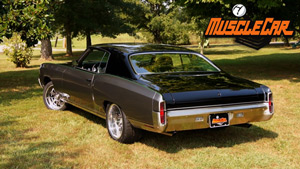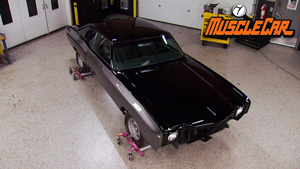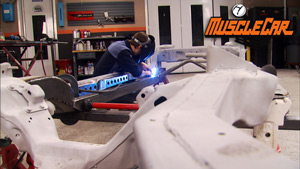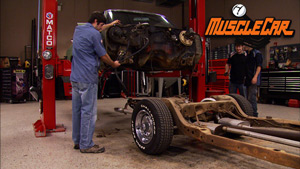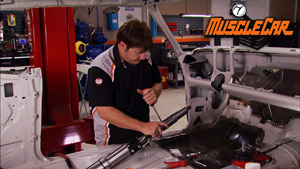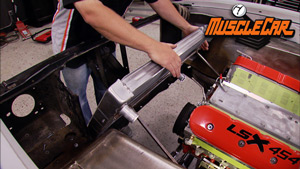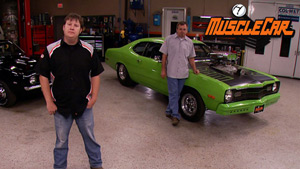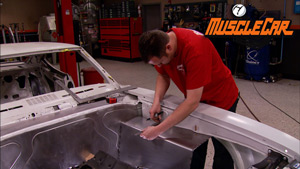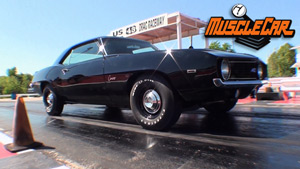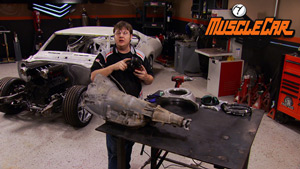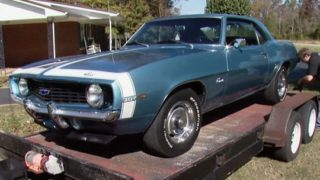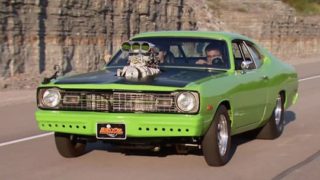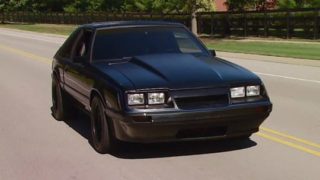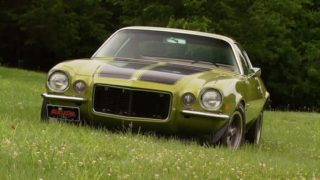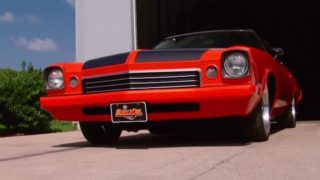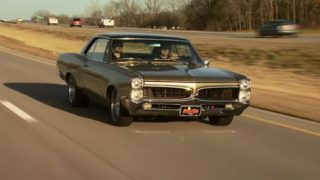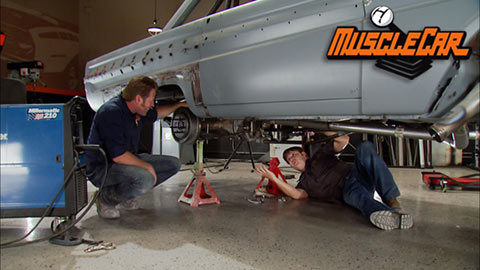
Altered E-Go Fiberglass Hood & Torque Arm
Altered E-Go, the Comet drag car, is back in the shop for a custom fiberglass hood. Rick shows how to make a mold from the original panel, then uses that mold to make a lightweight, easily replaceable hood for the Comet. Tommy designs and fabricates the torque arms that will keep Altered E-Go's rear axle from doin? the twist. Flashback showcases a '63 Plymouth Savoy Max Wedge drag car.
Season 5
Episode 19
Hosts: Rick Bacon, Tommy Boshers
First Air Date: November 6, 2010
Duration: 17 minutes 6 seconds
